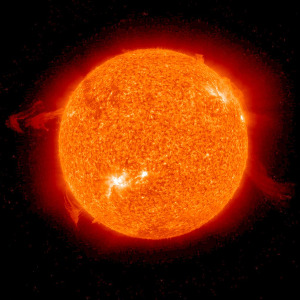From Moon to Mars: NASA's Ambitious Artemis Mission Set to Propel Human Exploration
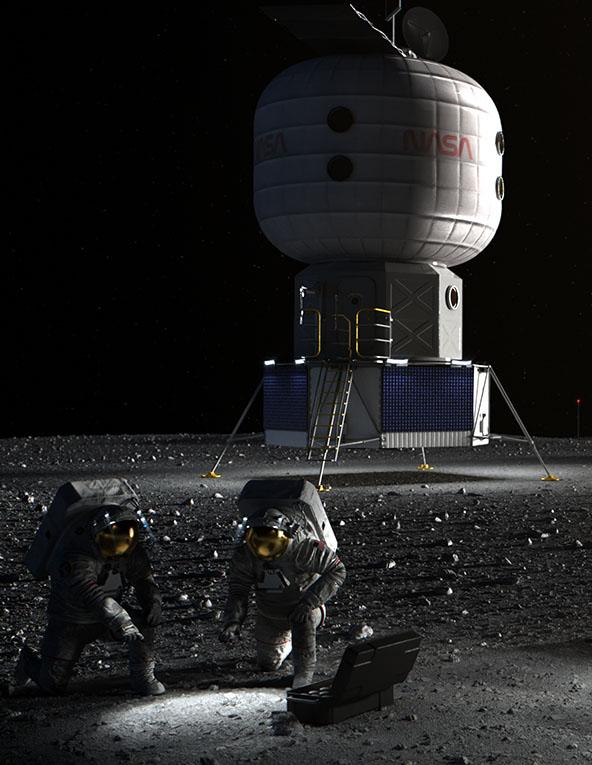
by Will DeFour, age 13
Over 50 years ago, Neil Armstrong became the first man to walk on the moon. Now, half a century later, another explorer will leave Earth's orbit and take another adventure, our first encounter with our closest friend, Mars. NASA plans to use the Artemis mission to return to the moon and reach Mars, some 140 million miles away, for the first time. To get there safely, first, it plans to use the moon to test new life support and spacecraft for the Mars mission.
Artemis II is a mission designed to orbit the moon, and then return. However, nobody is stepping on the moon again until the next mission, Artemis III. Those will be the first woman and first person of color to walk on the moon. Artemis II is going to be the first flight of Orion, the spacecraft designed to get astronauts to Mars. But how does a single spacecraft go that far? The answer is the Gateway.
The Gateway will be a manned station that orbits the moon. It has multiple purposes, such as refueling spacecraft, testing equipment, and researching how zero gravity affects people over long periods. The Habitation and Logistics Outpost also referred to as HALO, not only is a living quarters, but also a laboratory, which enables them to conduct experiments without returning to Earth. [Read More]

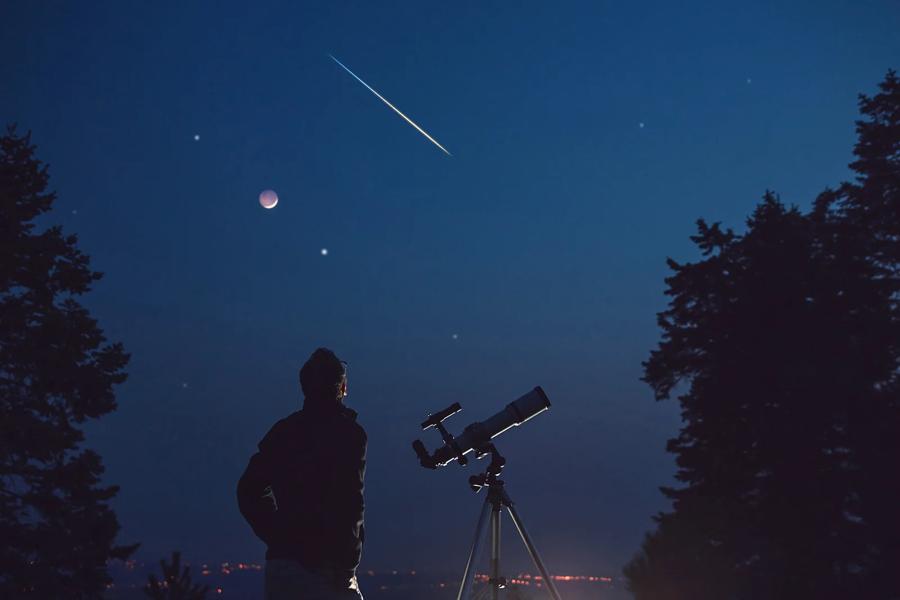
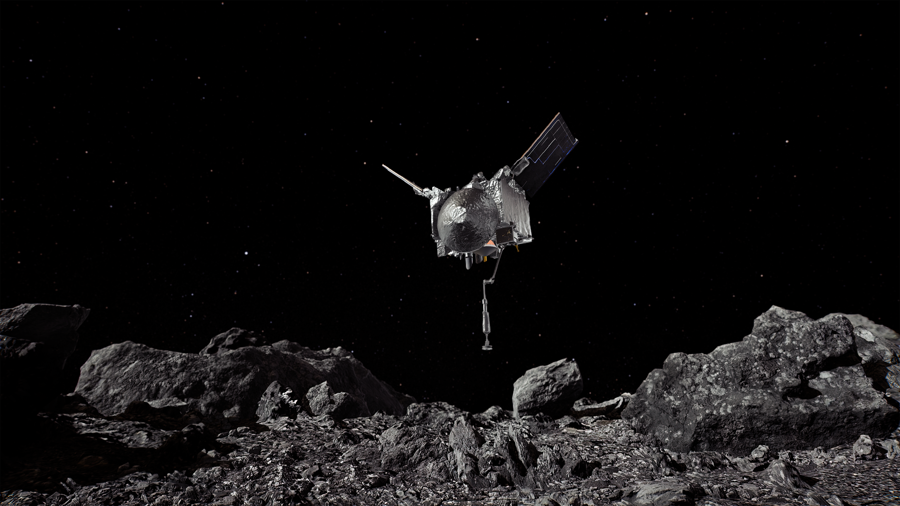
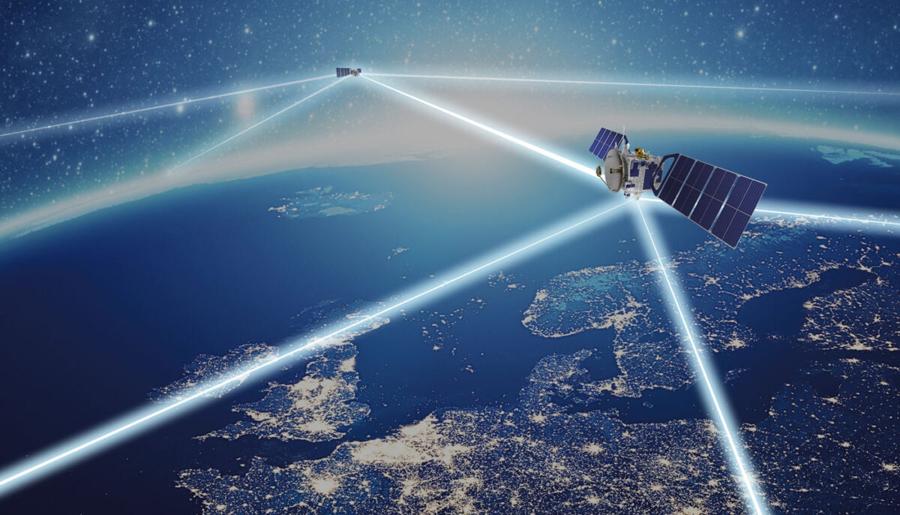
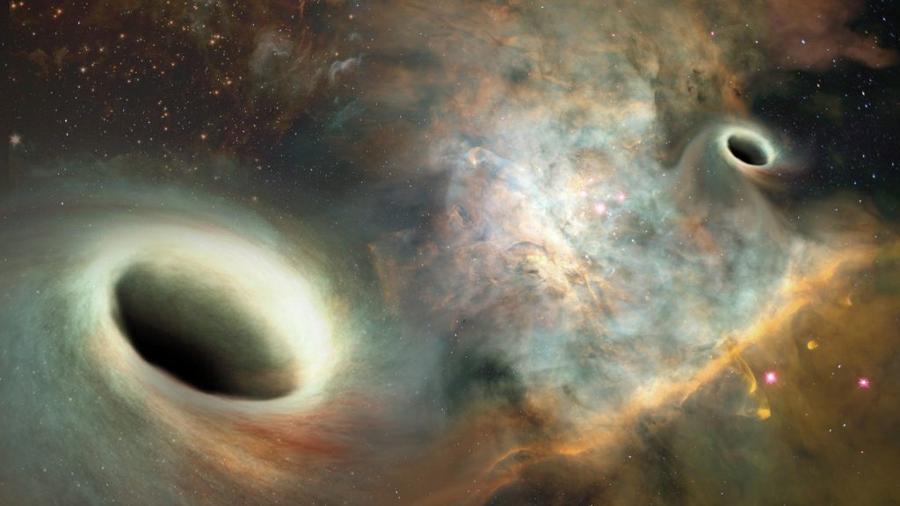
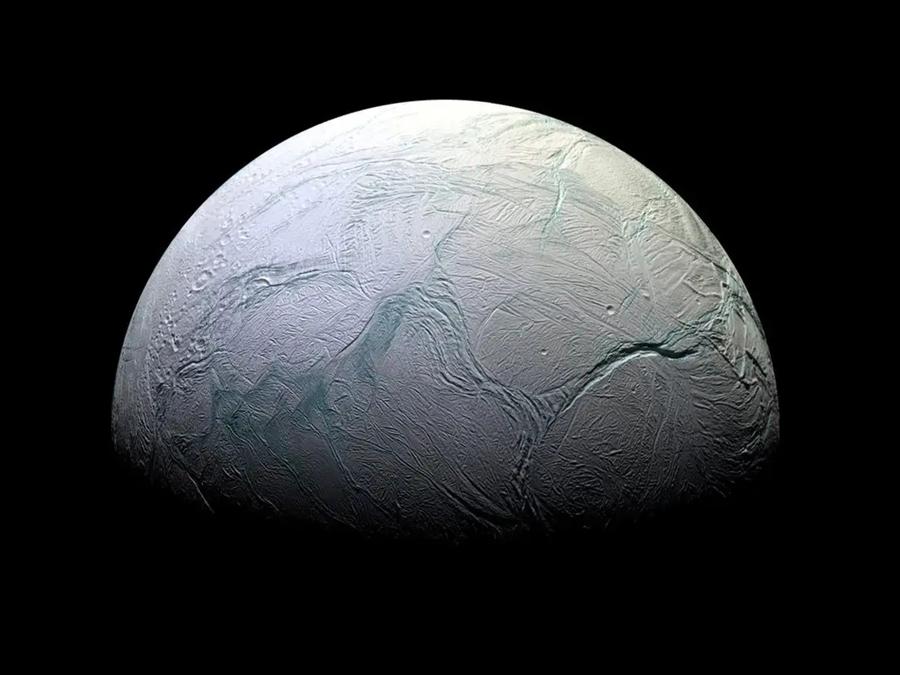
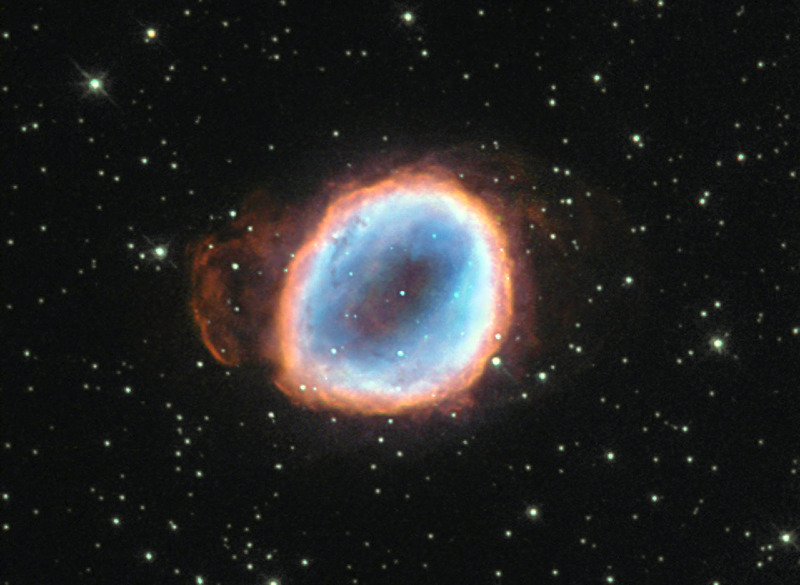
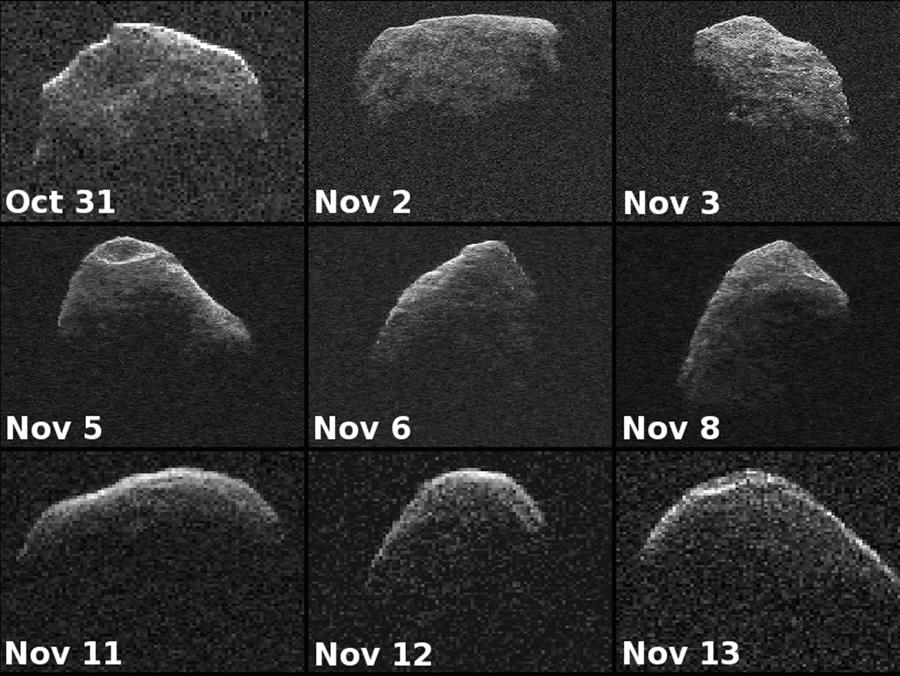
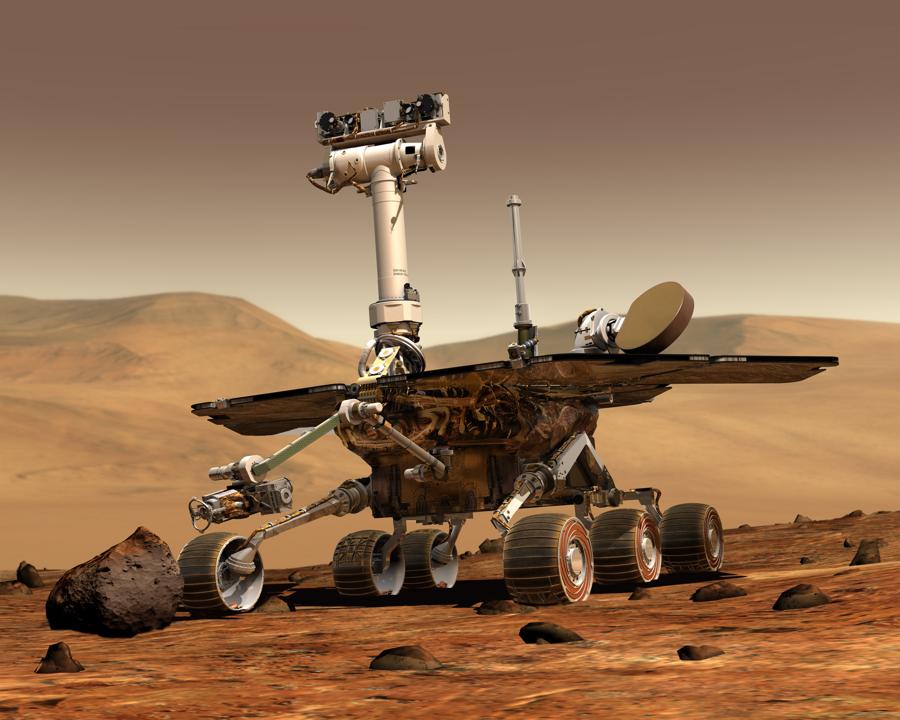
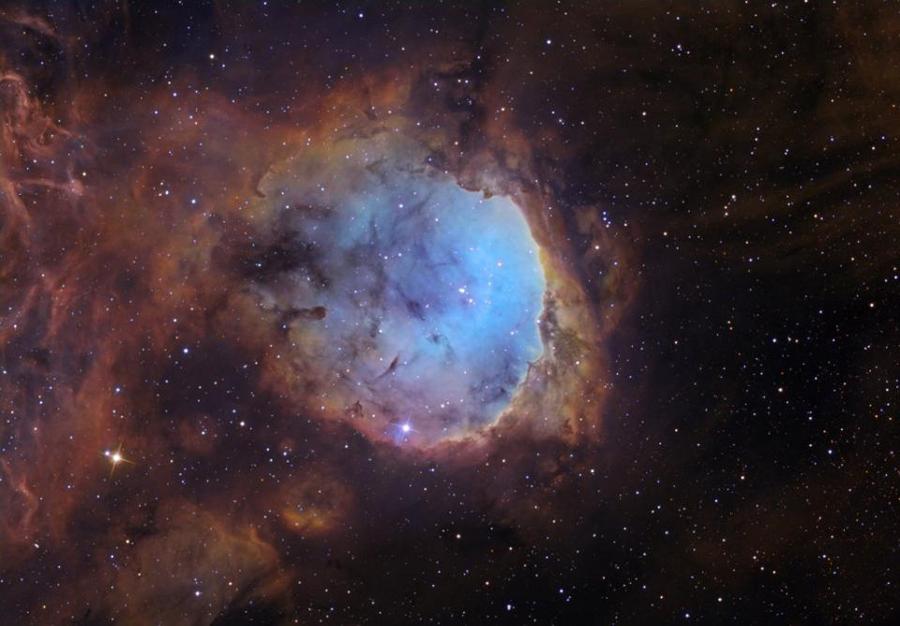
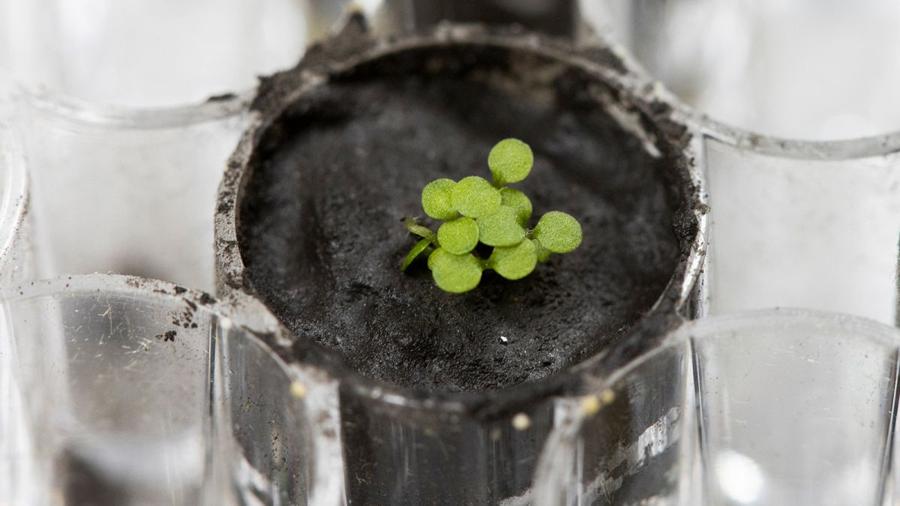

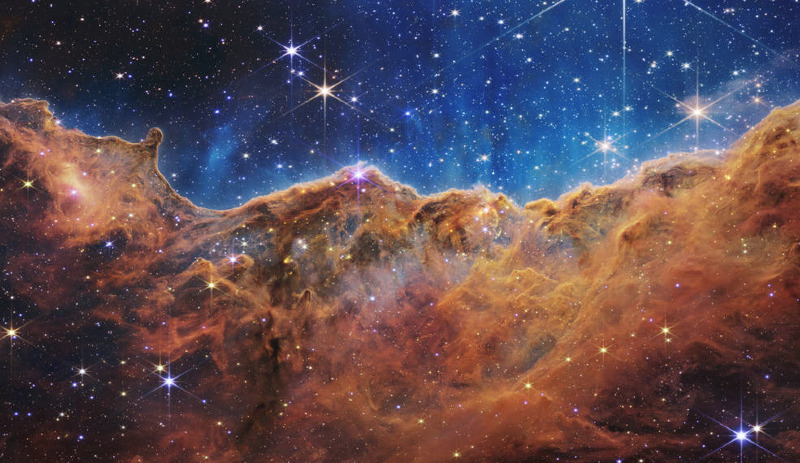
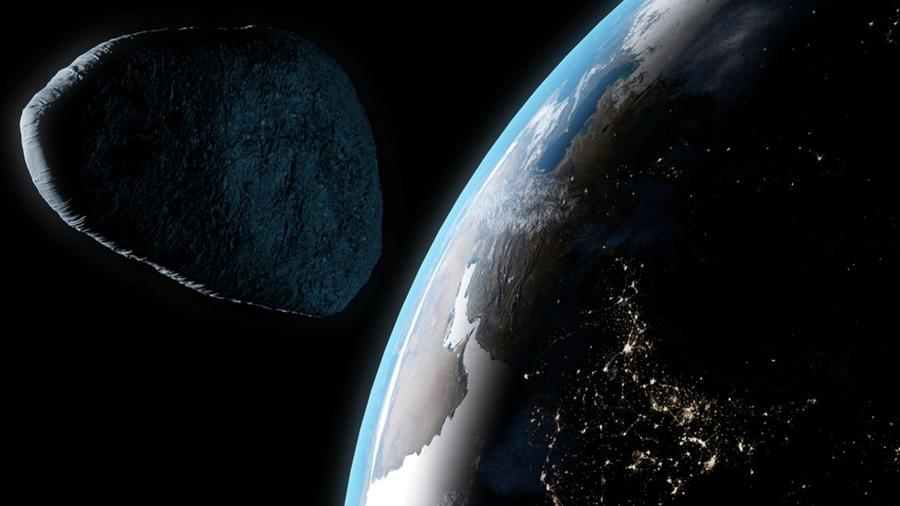
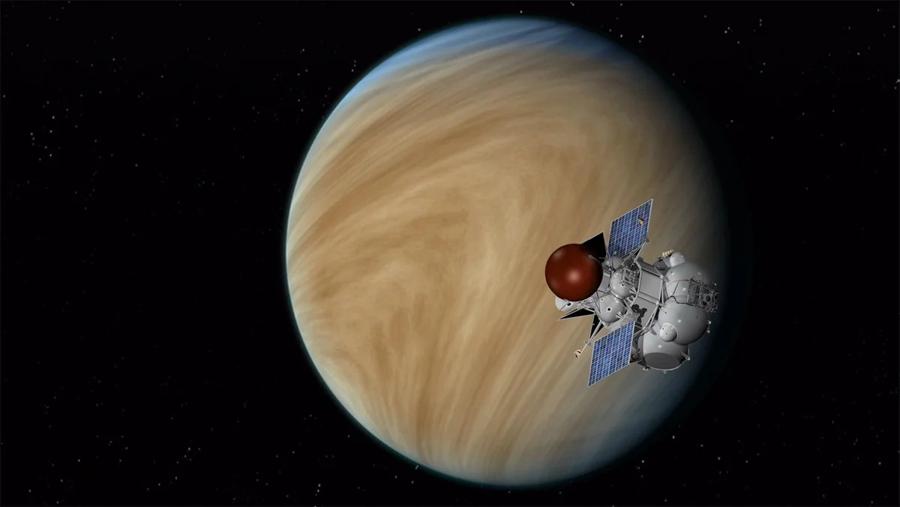
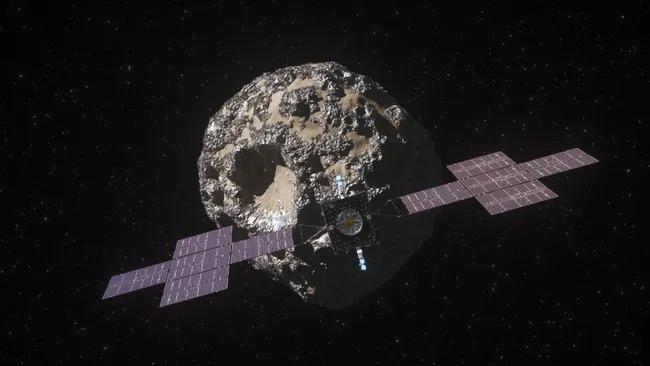
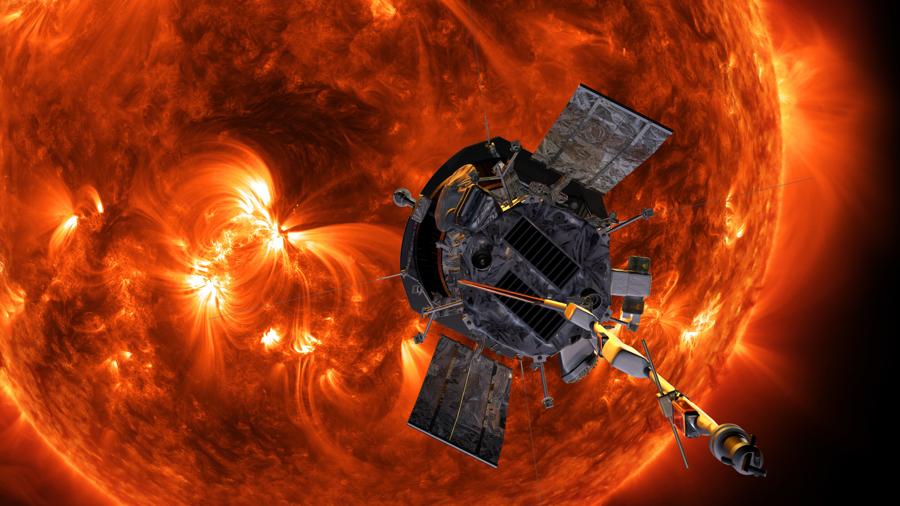
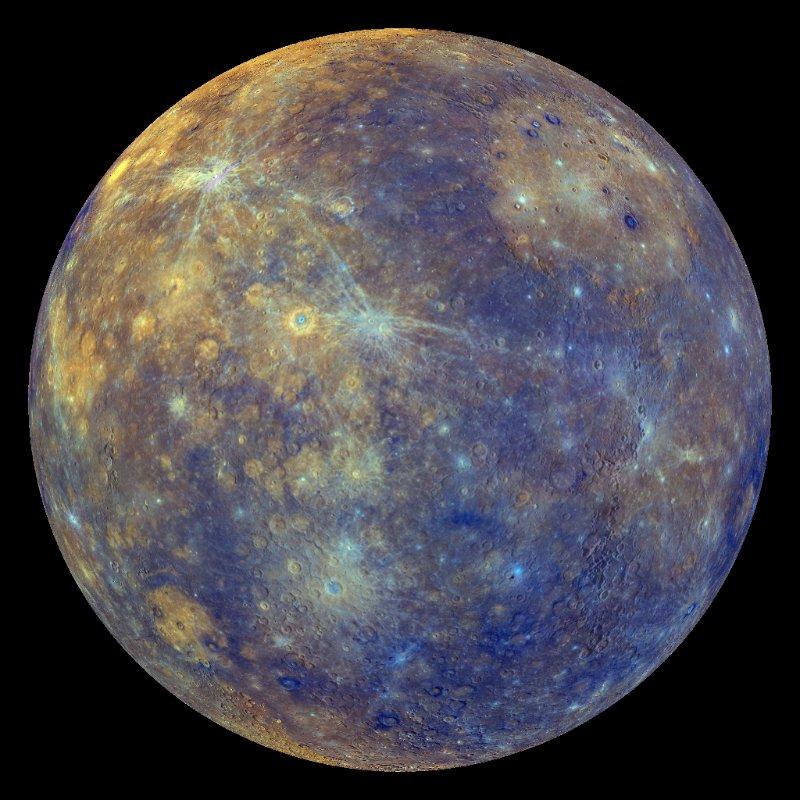
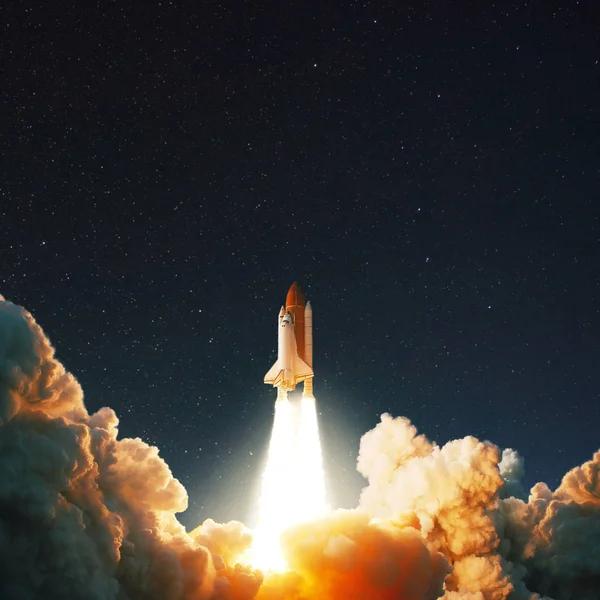
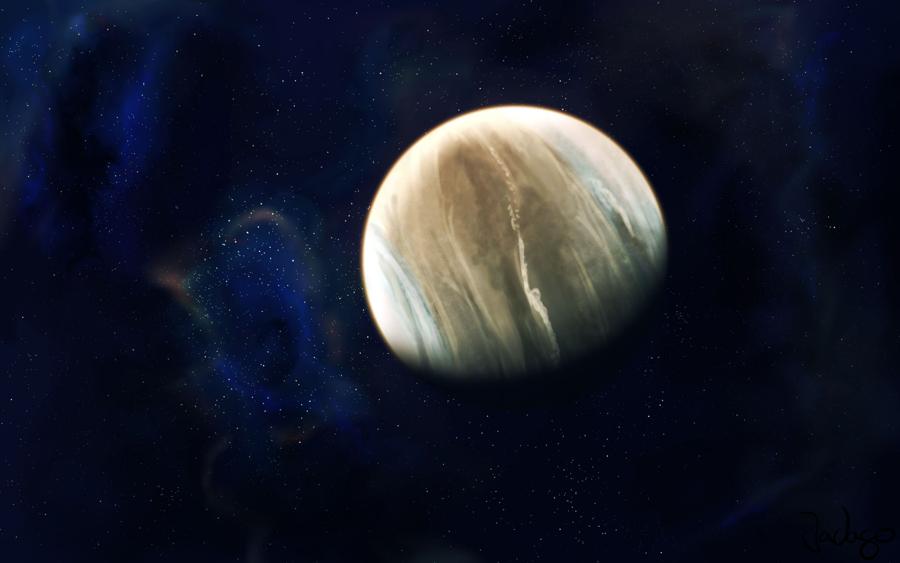
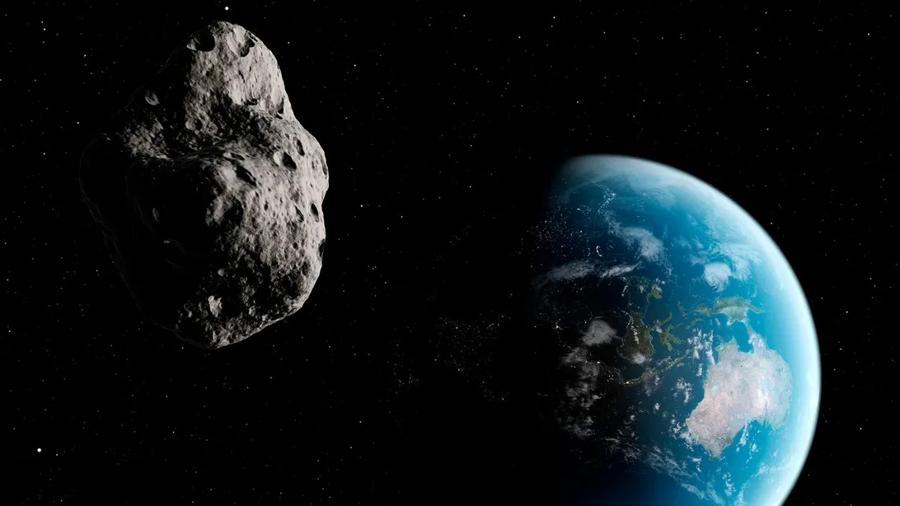
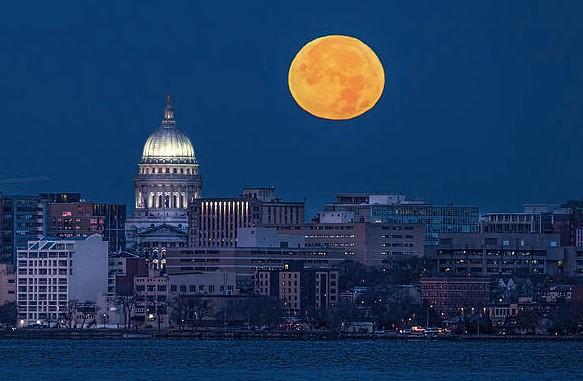
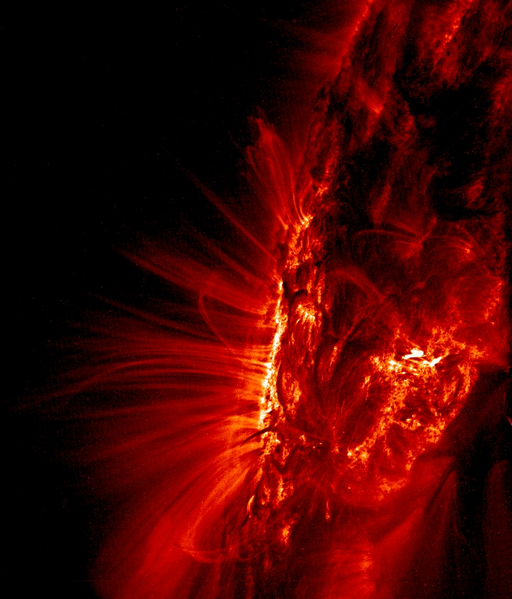
.jpg)
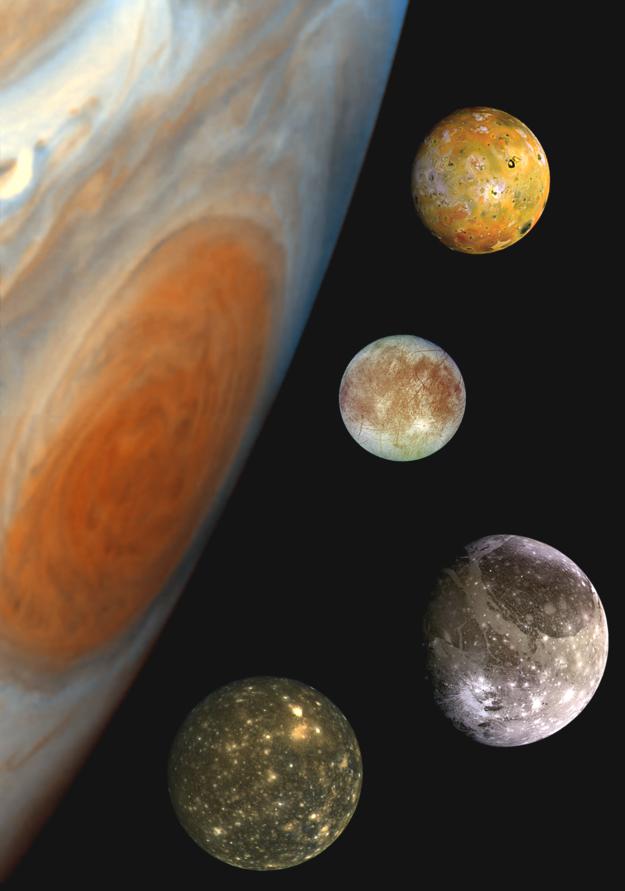
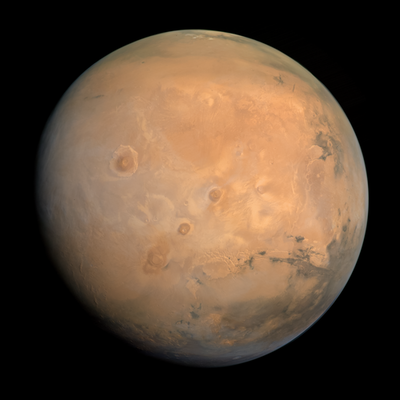
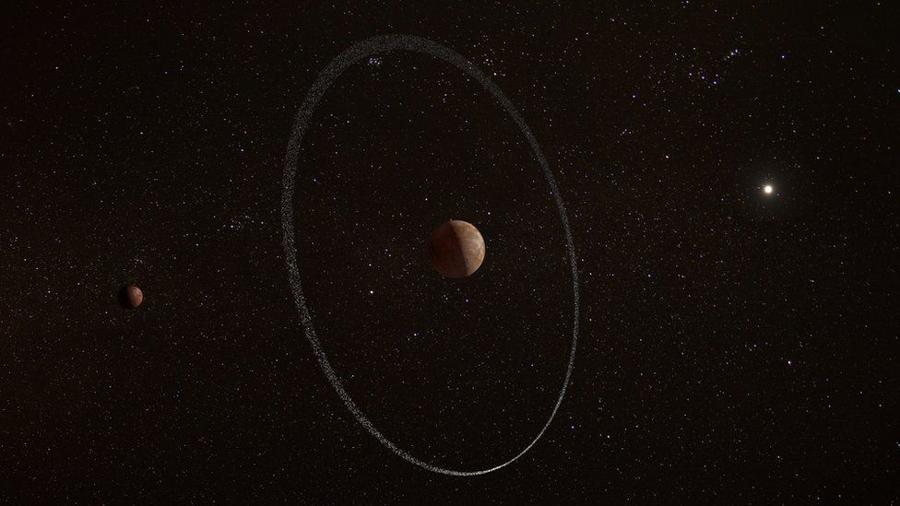
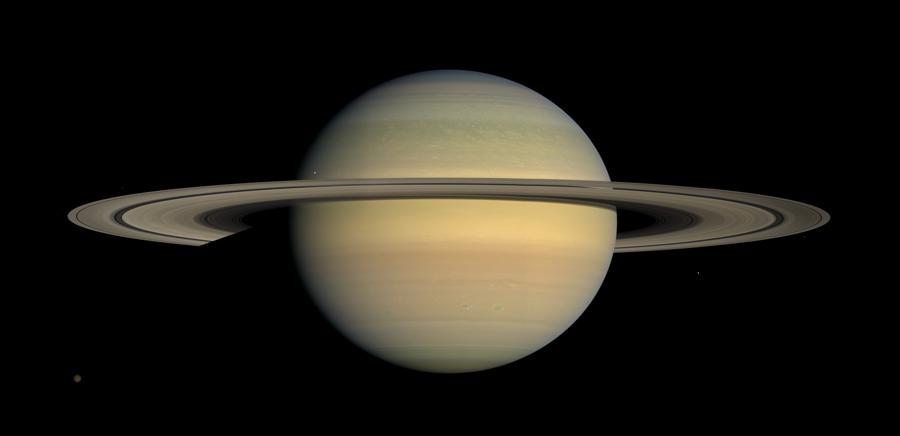
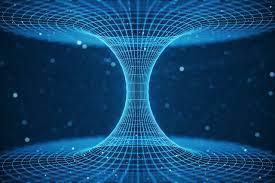
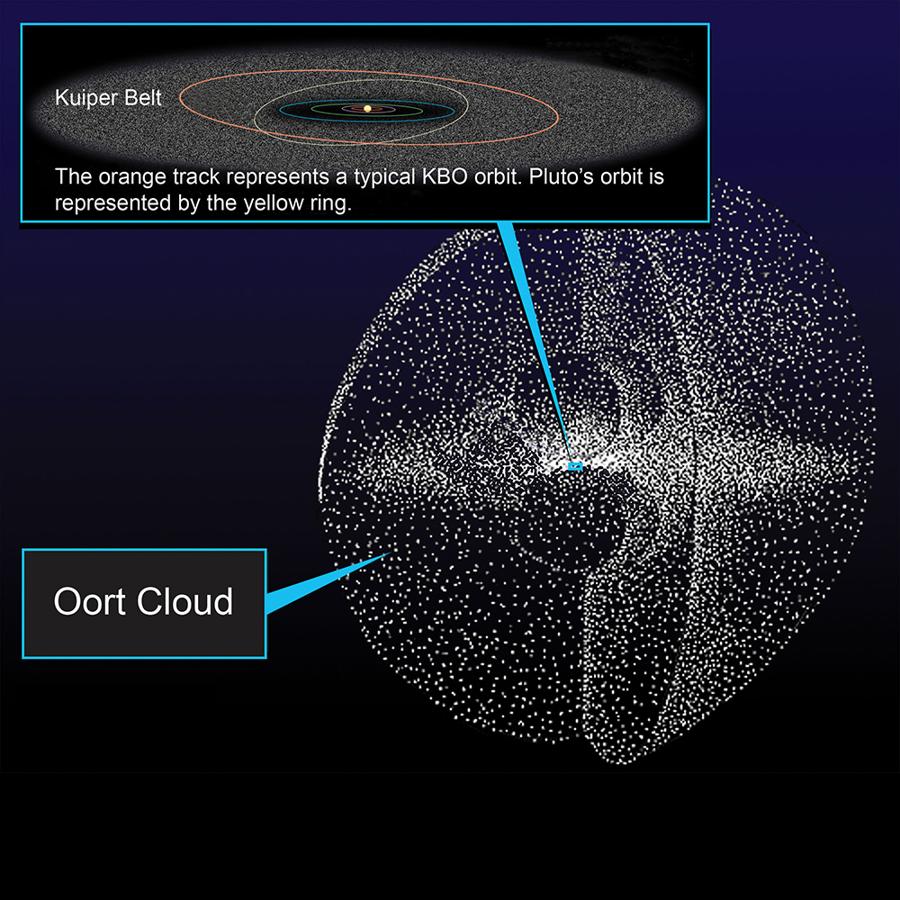
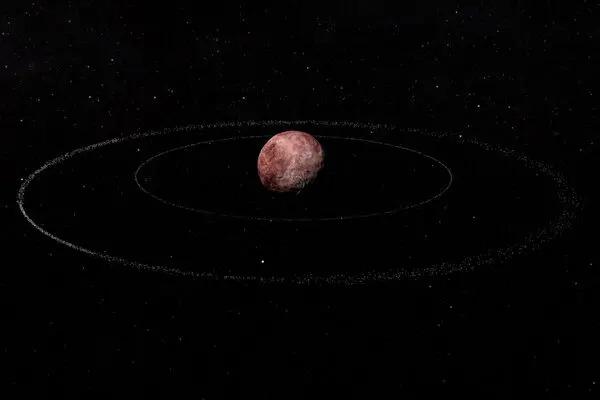
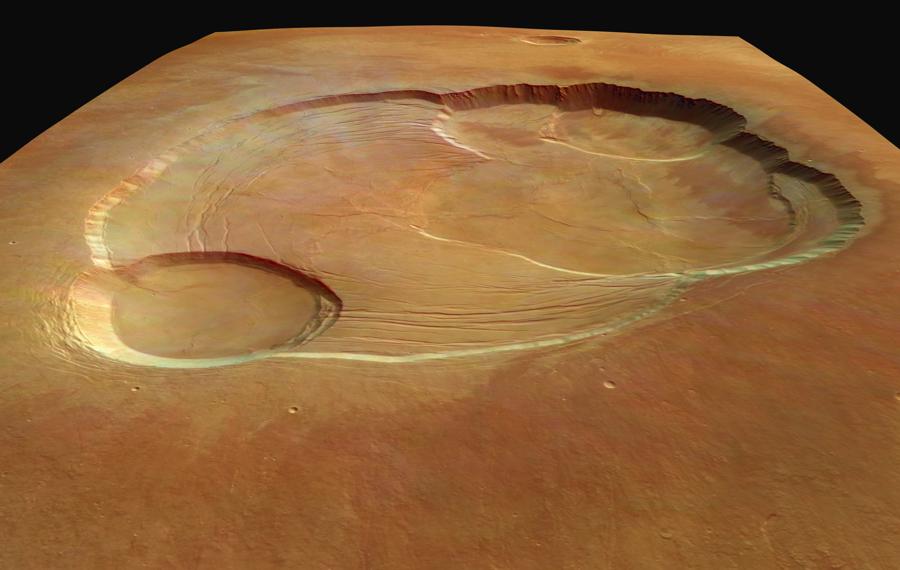
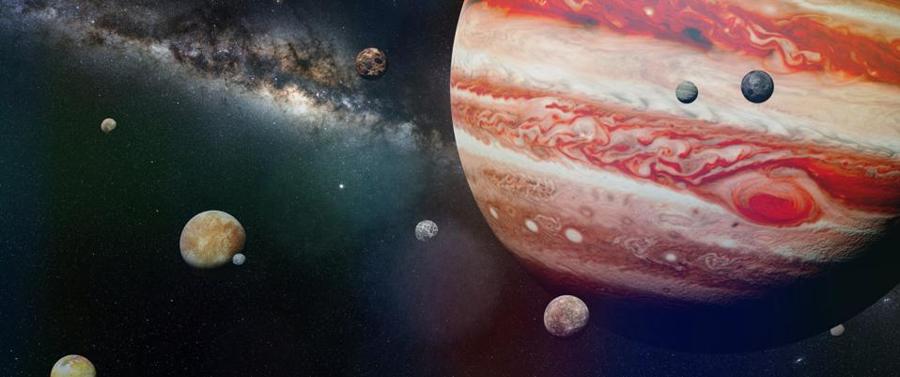
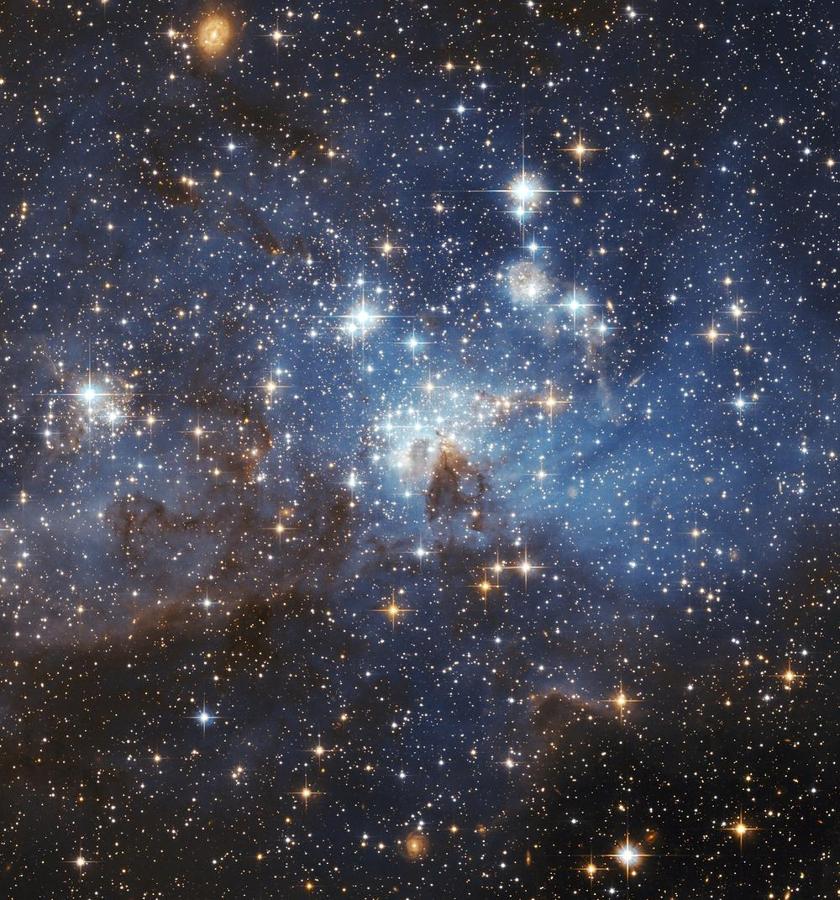
.jpg)
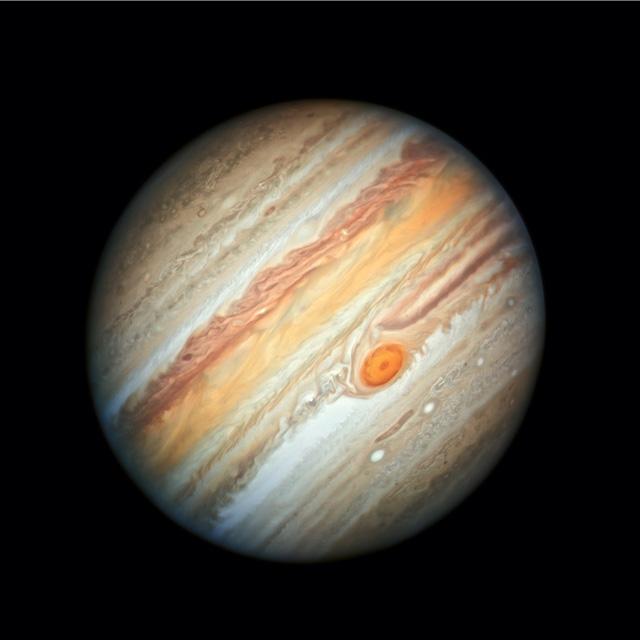
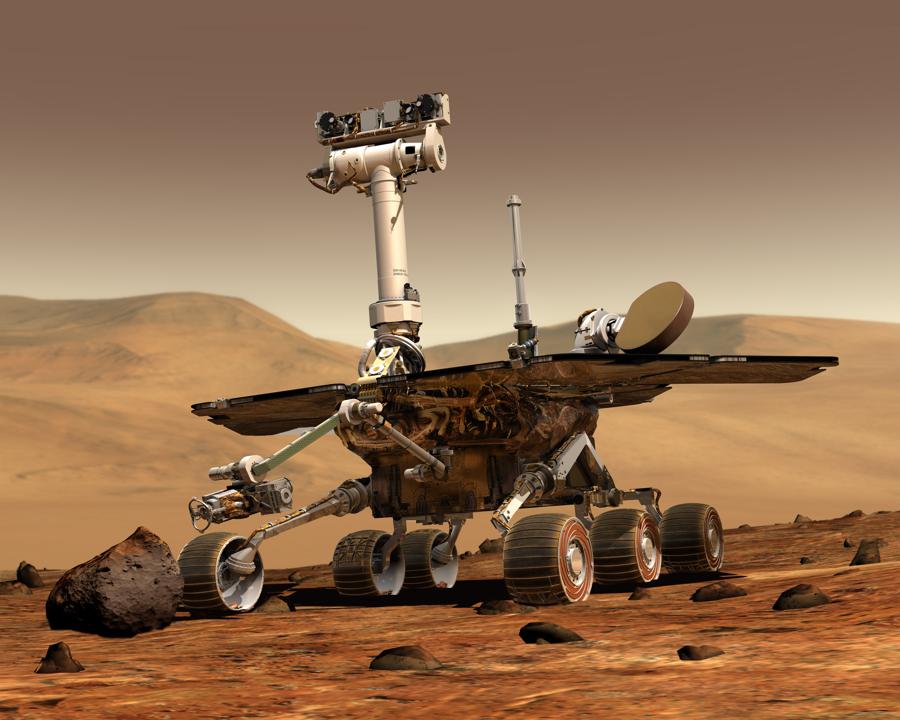
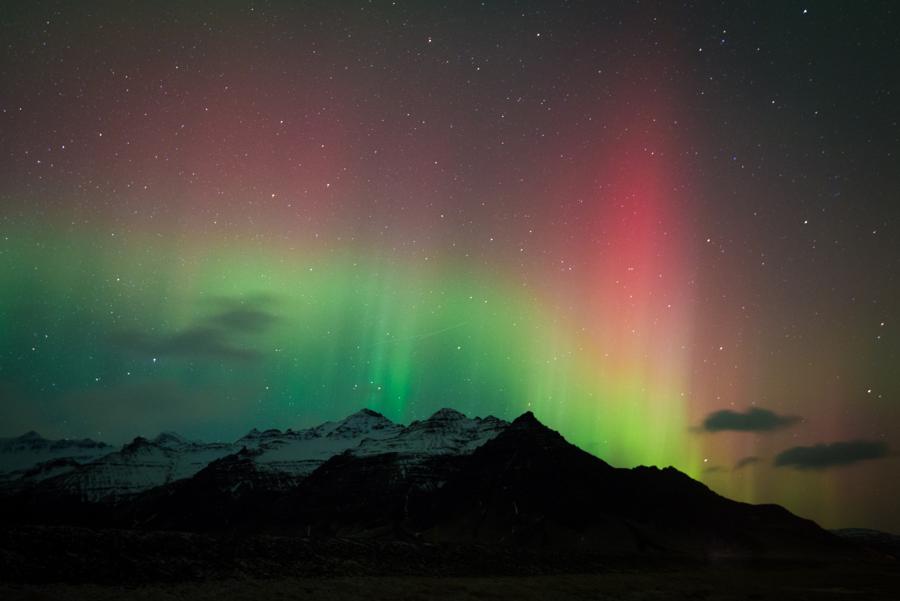
_flatten_crop.jpg)
